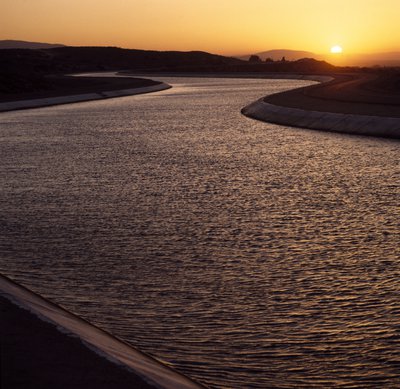
The California Water Resilience Initiative (CWRI) is a private sector-led initiative based in the United States to accelerate collective action between private, public, and non-profit sectors to achieve a water-resilient future for California.
Water is the lifeblood of California. This vital natural resource provides for the household needs of more than 39 million people and the health of the state’s aquatic and terrestrial ecosystems. California is the world’s fifth-largest economy and most economically productive state in the U.S., producing more than half of the nation’s fruits and vegetables and contributing $500 billion to the information sector in 2023.
Yet, the Golden State faces daunting water challenges. Economic and population growth, urban development, and climate change are increasing pressure on the state’s water resources, with impacts to water supply, demand, and quality.
These pressures have led to:
Depleted reservoirs, overdrafted groundwater basins, and degraded freshwater ecosystems.
Additional stresses on aging water infrastructure.
Lack of reliable access to safe drinking water for nearly a million Californians.
More weather extremes, changes in precipitation, reduced snowpack, sea level rise, and changes in river flows.
Increased risks to businesses and economic development.
California’s Department of Water Resources estimates a 10% reduction in water supply by 2040 due to climate change. In 2022, Governor Newsom released California’s Water Supply Strategy: Adapting to a Hotter, Drier Future. This report sets forth strategies to close the gap between water availability and demand through targeted investments in reducing, reusing, and restoring water supplies and includes volumetric goals for each strategy by 2030 and 2040.
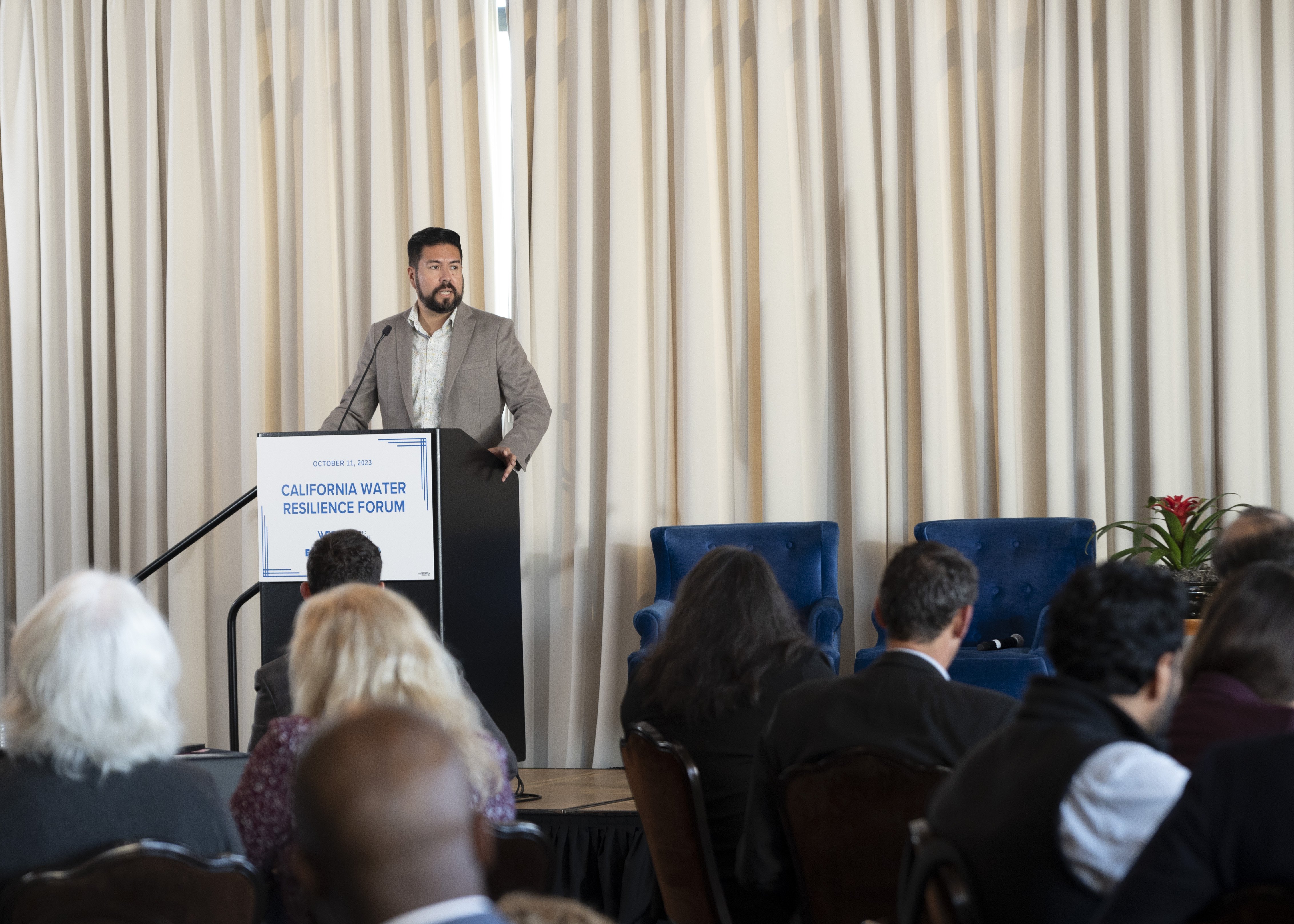
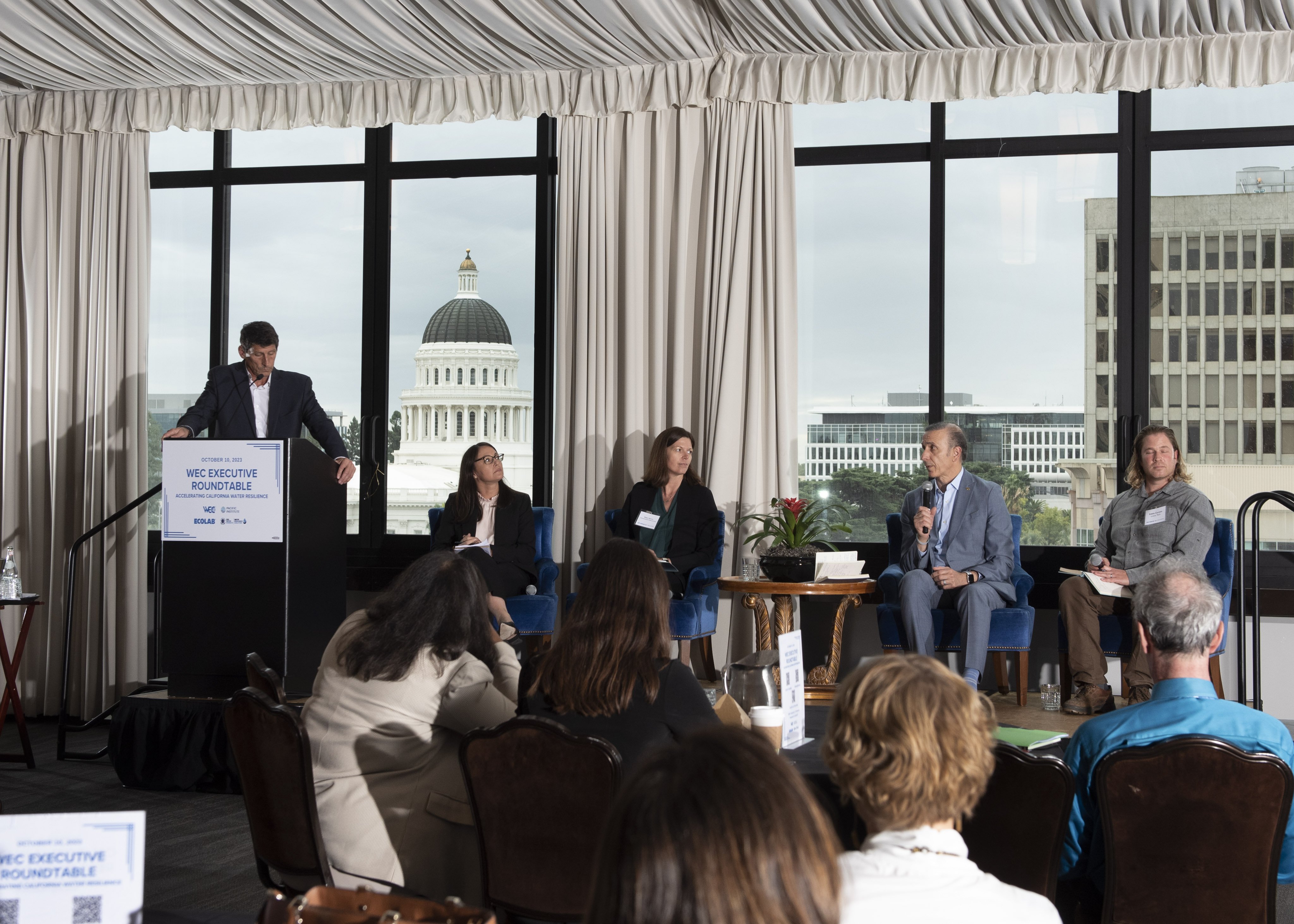
On October 10, 2023, California businesses, state officials, and non-profit partners launched the CWRI in alignment with the California Water Supply Strategy by committing private sector actions to reduce, reuse, and restore one million acre-feet of water by 2030, and 1.8 million acre-feet of water by 2040.
CWRI is at the vanguard of a collaborative approach led by the CEO Water Mandate’s Water Resilience Coalition (WRC) to mobilize corporate water stewardship in 100 water-stressed basins around the world to address challenges of water scarcity, quality, and access. CWRI’s collaborative action framework will align the private sector with public sector ambition, policies, and governance on water, catalyzing the innovation and action that is critical to addressing basin stress, and driving much needed investment to California water.
CWRI will:

Identify opportunities for scaling landscape-level interventions that:
Are high impact, delivering significant replenishment and multi-benefit outcomes
Mitigate water-related business risks associated with private sector operations and supply chains in California
Leverage learning from successful collective action initiatives such as the California Water Action Collaborative
Support pilot trials of interventions that have the potential for high impact
Resource enabling activities that contribute to the objectives of critical interventions
Leverage corporate engagement, investments, partnerships, as well as innovative financing models to support water resilience projects at regional and watershed scales
Raise awareness of the potential of corporate water stewardship within the public sector and NGO community, and work towards building public-private partnerships aligned around mutual goals
Provide an opportunity for the private sector to coordinate with water planning, policies, and goals of the State of California
Our initial focus areas include:
Groundwater recharge
Source watershed protection/restoration
Multi-benefit land repurposing
Regenerative agriculture
Water efficiency and reuse
Join us.
Together, we can build a just and equitable transition toward a more water-resilient California.
Explore the materials below for more details about CWRI initial priorities and projects.
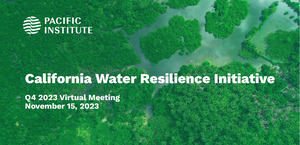 |
|
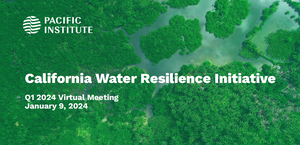 |